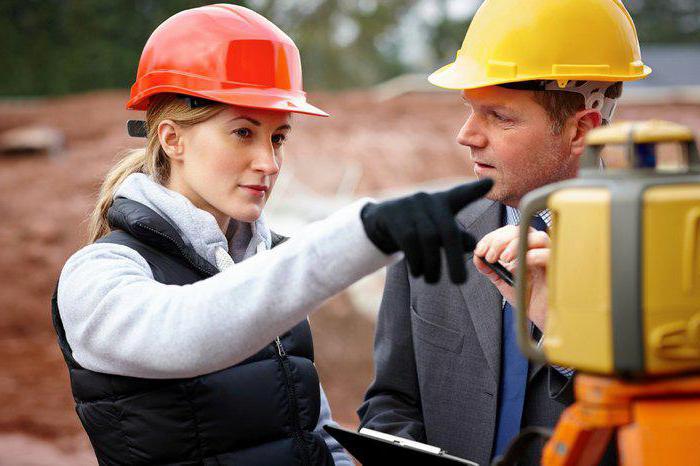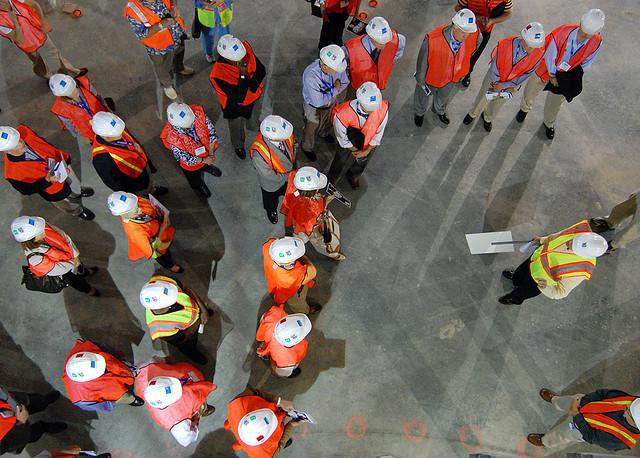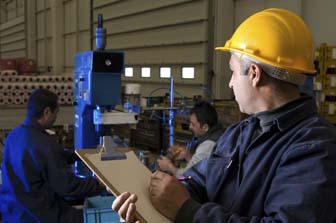Labor protection is the responsibility of the head of any enterprise in the Russian Federation. As the 37th norm of the Constitution indicates, every citizen has the right to safe working conditions. Key terms related to OT Article 209 of the Labor Code of the Russian Federation. Basic concepts present in it are of great practical importance. They ensure the correct application of the provisions of the law, improving measures to create safe working conditions. 
Article 209: basic concepts
Norms disclose key terms used in the field of OS. The first is "labor protection ". Article 209 of the Labor Code of the Russian Federation defines OT as a system for protecting the health and life of personnel during the performance of their tasks at the enterprise. It includes socio-economic, legal, organizational and technical, medical and preventive, sanitary-hygienic, rehabilitation and other activities.
The next concept is “working conditions”. They mean a set of production factors affecting the health of an employee and his performance. In witht. 209 of the Labor Code of the Russian Federation the types of conditions in which a citizen can conduct his activities are determined. In particular, the production factor acts as a harmful factor, from the impact of which personnel may experience any disease. The conditions in which an employee may be injured are called hazardous. Safe factors are called those whose effects are at a normal level.
Part 6, Art. 209 TC The Russian Federation determines what a workplace is. They call the site on which the employee needs to be or where to arrive in connection with his professional activities. The workplace indirectly or directly should be under the control of the employer. At many enterprises, employees carry out activities in harmful or hazardous conditions. To ensure their protection, they are given PPE. Remedies, as indicated by Art. 209 TE of the Russian Federation, are technical devices that ensure the prevention or reduction of the negative impact of dangerous or harmful production factors. 
Industry Categories
As pointed Art. 209 of the Labor Code of the Russian Federation, the OT control system is a set of interacting and interconnected components that determine the policy, objectives and goals of a particular employer and measures for their implementation in the field of ensuring security at the enterprise. At the federal level, a model regulation is established that establishes the rules and norms to be implemented by all organizations.
AT Art. 209 of the Labor Code of the Russian Federation the term "manufacturing activity" is also disclosed. It is called the complex of actions of employees using tools that ensure the transformation of resources into finished products. Production activities include the production and processing of raw materials, construction, the provision of various services.
OT requirements - regulatory requirements, safety standards set forth in the instructions. To monitor the activities of employers in the field of ensuring a safe working environment, a state examination is carried out. During it, an assessment of the compliance of the facility with the established requirements is carried out. Safety standards are called procedures, rules, regulations, criteria focused on protecting the health of personnel in the process of performing professional tasks. They regulate the implementation of socio-economic, sanitary and hygienic, organizational, rehabilitation, treatment and other measures. 
Occupational risk
According to Art. 209 of the Labor Code of the Russian Federation it means the probability of harm to health due to the impact of negative production factors during the implementation by employees of their tasks at the enterprise, as well as in other cases provided for by the Code. The rules for risk assessment are determined by the executive federal institute of power, which carries out the functions of normative regulation in the field of health and safety. Moreover, in the process of their development, proposals expressed by a tripartite commission authorized to regulate relations between employers and staff are taken into account. Risk management is a set of measures aimed at identifying, analyzing, and taking measures to reduce the likelihood of accidents. 
Art. 209 of the Labor Code of the Russian Federation with comments
The consolidation of key categories in the considered norm does not exclude the necessity of applying other normative acts explaining their content. For example, the essence of “working conditions” becomes clearer if we analyze the provisions of the Federal Law governing the assessment of production factors. In this act, in particular, the classification of working conditions is enshrined. In addition, the law discloses the concepts of dangerous and harmful factors present in article 209. The provisions of the regulatory act contain definitions of the work process and the working environment. 
Harmful conditions
They are divided into 4 classes:
- Optimal. These conditions suggest that there is no exposure to hazardous / harmful factors on personnel or their level does not exceed the normative ones. In an optimal production environment, prerequisites are formed to maintain the health of staff.
- Valid. In these conditions, hazardous / harmful factors act on workers, however, the level of influence does not exceed permissible indicators. At the same time, some changes in the functional state of the body of employees are allowed. But it is restored in the regulated period of rest or by the next shift.
- Harmful. Under these conditions, the impact of factors is higher than established standards.
- Dangerous. In such conditions, the life and health of staff are at risk, and the consequences of their exposure can create the prerequisites for the occurrence of occupational diseases.

Workload severity
It is assessed by indicators of physical load on functional systems, the musculoskeletal system. The severity of the process is characterized by dynamic load, the distance over which the load moves with muscular strength, the mass of objects, the angle and the number of slopes of the employee’s body per shift (day). The retention time of heavy objects, the number of similar movements are also taken into account.
Process intensity
It is assessed by indicators of sensory load on the central nervous system and sensory organs. When determining tension, the duration of concentrated observation, the number of objects for which simultaneous monitoring, the density of messages and signals per unit of time, the level of load on the auditory analyzer, the number of receptions required to perform a single operation are taken into account. For the assessment, other parameters provided by local acts of the enterprise or industry instructions can also be used.